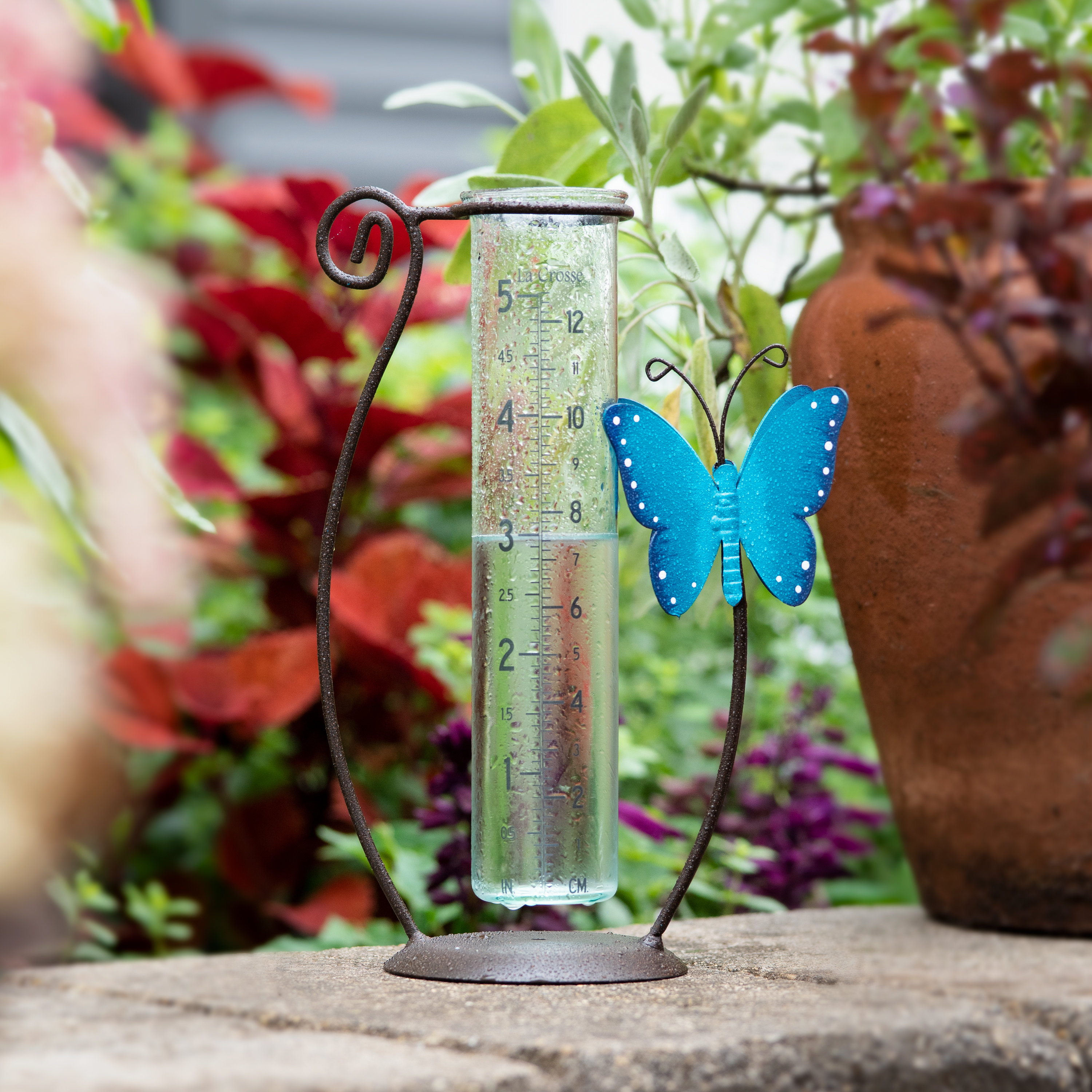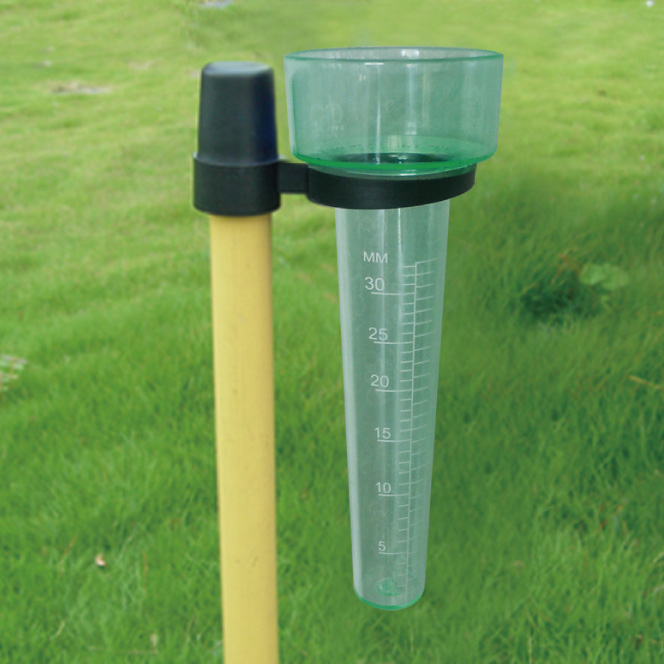Your Go-To Source on The Rain Gauge: Benefits and Practical Applications
Your Go-To Source on The Rain Gauge: Benefits and Practical Applications
Blog Article
DIY Rainfall Gauge: Basic Actions to Make Your Own
Are you interested in tracking rains in your area? Producing your own DIY rain scale is a effective and basic way to determine and tape rainfall. With simply a couple of common products and some standard steps, you can quickly create your very own rainfall scale at home. In this overview, we will certainly supply you with a step-by-step process to assist you create your own rain scale. No need for any type of specialized expertise or tools - this job can be finished by anybody. By following these simple guidelines, you will have a trustworthy tool to gauge rainfall and contribute to your understanding of the local weather condition patterns. So, let's get going on making your DIY rain gauge today!
Gather Materials
To start creating your do it yourself rainfall scale, collect all the necessary materials using an extensive listing of products. Having the ideal products accessible will certainly guarantee the successful creation of your rain gauge and permit accurate measurements of rains. Firstly, you will need a clear plastic container or cylinder, such as a plastic container or container. Make sure the container is clear to ensure that you can quickly see the water level inside. Next, you will certainly call for a leader or determining tape to mark the increments on the container. This will allow you to determine the amount of rainfall precisely. Additionally, you will certainly require a long-term marker or waterproof tape to note the measurements on the container. When exposed to rainfall, this will certainly guarantee that the markings remain noticeable even. Finally, you will certainly require a strong base or stake to firmly hold your rain gauge in position. This can be a wooden or metal stake that can be inserted right into the ground or a durable level surface area to offer security. Gathering these products in advance will certainly improve the building procedure and guarantee that you have everything you require to create your own do it yourself rainfall gauge.
Prepare the Container

Mark the Measurement Increments
To accurately determine the amount of rainfall, properly marking the measurement increments on your do it yourself rain gauge is important. Without specific and clear markings, it would certainly be tough to figure out the precise amount of rainfall accumulated in your rain scale. Here are the actions to mark the dimension increments on your rain gauge.
First, make a decision on the device of dimension that you intend to make use of. The most usual systems for measuring rains are inches and millimeters. When you have picked the system, make use of a long-term pen or water resistant paint to note the increments on the side of your rain scale. For inches, you can note every quarter inch or every half inch, relying on your preference. For millimeters, you can mark every 10 millimeters or every 20 millimeters.
When noting the increments, it is essential to guarantee that they are equally spaced and clearly visible. Utilize a leader or measuring tape to guarantee precision and uniformity. Additionally, ensure that the markings are immune to fading or massaging off, as exposure to the aspects might create them to deteriorate in time.
Location the Rainfall Scale Outdoors
The rain gauge ought to be placed outdoors to accurately collect rainfall data. The area picked for the rainfall scale must be open and complimentary from any type of blockages that might potentially affect the dimension of rains. The Rain Gauge.
In addition, it is critical to place the rain gauge on a secure surface area, such as a degree ground or a tough blog post. This will certainly stop any type of movement or tilting of the scale, which can cause incorrect measurements. It is also suggested to stay clear of putting the gauge near any resources of man-made water, such as sprinklers or water drainage systems, as this might hinder the precision of the dimensions.
Monitor and Document Rainfall Data
Routine monitoring and recording of rainfall information is important for accurate information analysis and analysis. By keeping an eye on rainfall dimensions, you can acquire valuable understandings into weather patterns, environment visit homepage trends, and water source management. To properly keep an eye on and record rains data, it is essential to establish a regular and maintain regular techniques.
First of all, make sure that your rainfall gauge is positioned in an open location away from challenges such as trees or structures that may block rainfall. Furthermore, ensure the rain scale is degree and securely secured to stop any type of activity that might influence the accuracy of the dimensions.

When taping the rains information, it is essential to note the date and time of each measurement. Utilize a leader or a gauging stick to figure out the rains deepness in the rainfall scale, and document this details properly.
To make certain the precision of the dimensions, it is suggested to empty the rain gauge after each recording. This will avoid any overflow or dissipation from influencing succeeding measurements.
Conclusion
Finally, producing a DIY rain gauge is a straightforward and functional means to keep an eye on and tape-record rains information (The Rain Gauge). By following the actions described in this write-up, you can More Info quickly gather products, prepare the pop over here container, mark the dimension increments, and place the rain gauge outdoors. Regularly monitoring and videotaping rainfall information can offer beneficial info for numerous functions
Having the appropriate materials on hand will certainly guarantee the effective creation of your rainfall gauge and permit for precise dimensions of rainfall.To properly measure the amount of rains, accurately marking the dimension increments on your DIY rainfall scale is vital.The rainfall scale must be positioned outdoors to precisely gather rains data. The place picked for the rain scale need to be cost-free and open from any blockages that can potentially affect the measurement of rains.In conclusion, creating a DIY rain scale is a simple and useful way to keep an eye on and record rainfall data.
Report this page